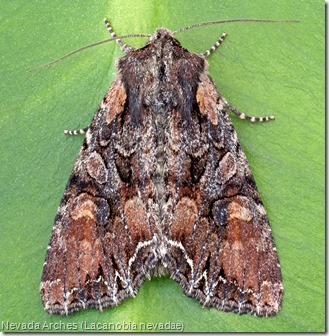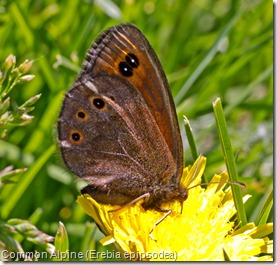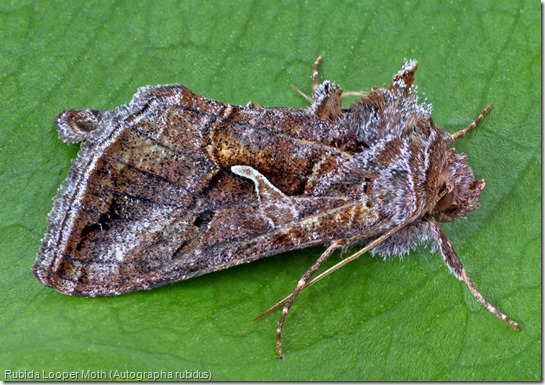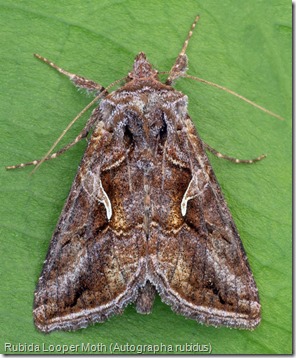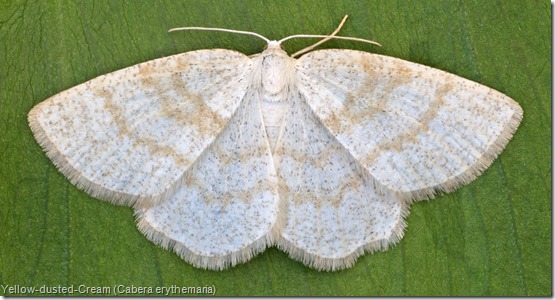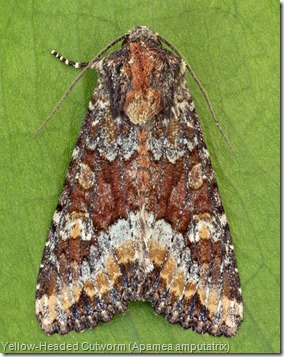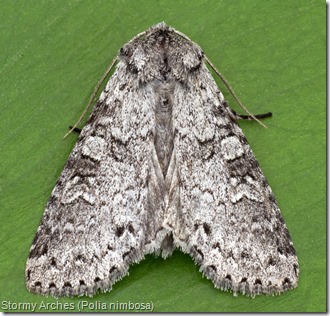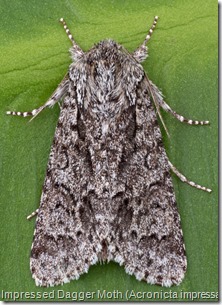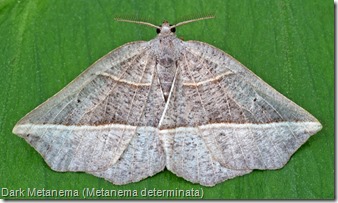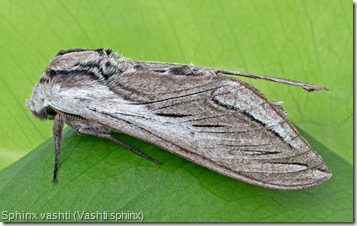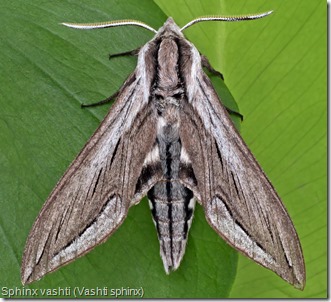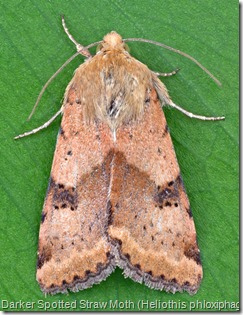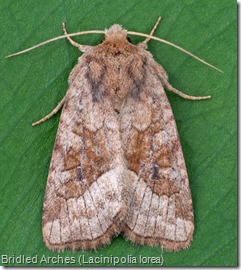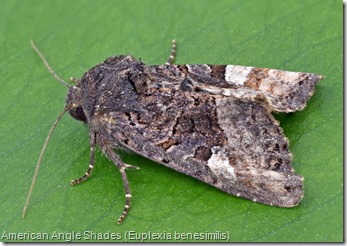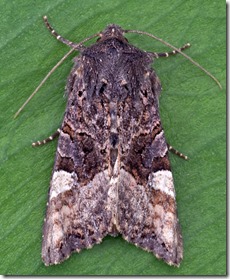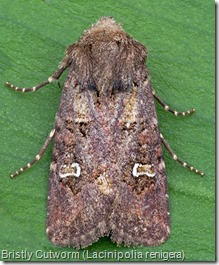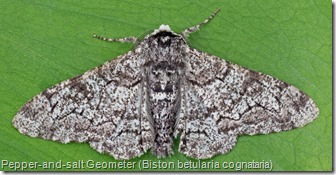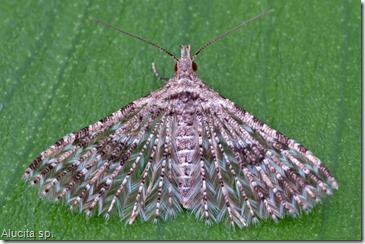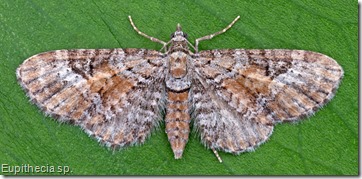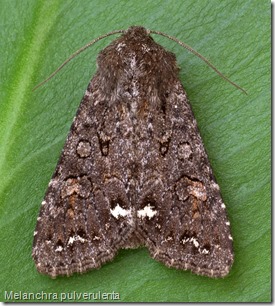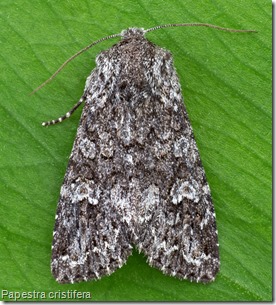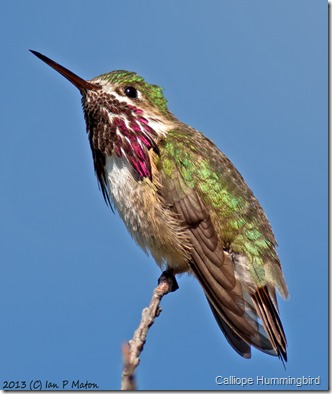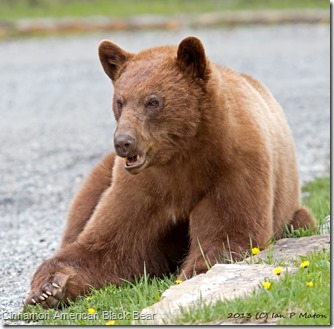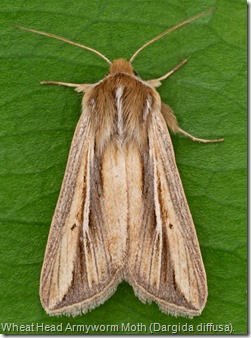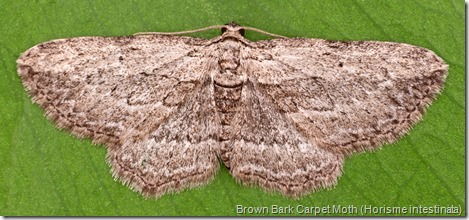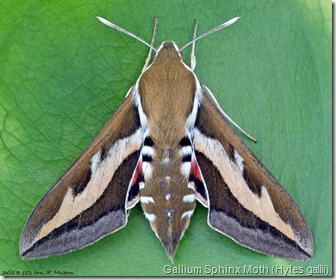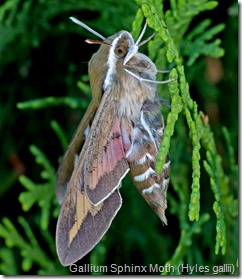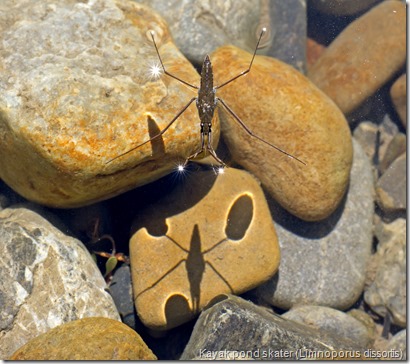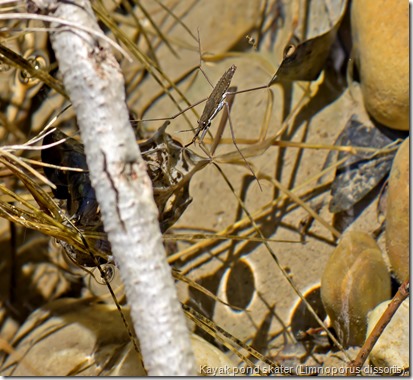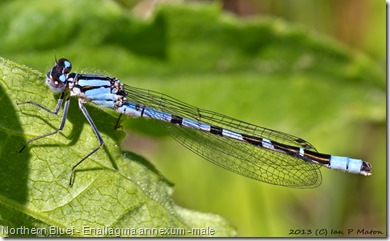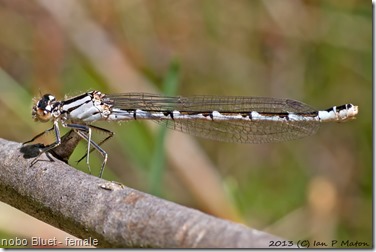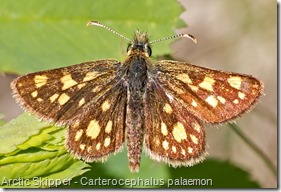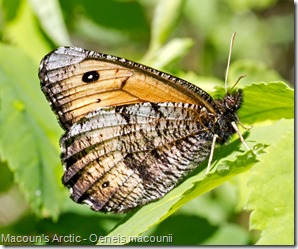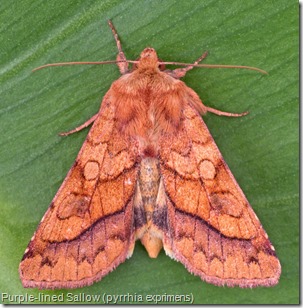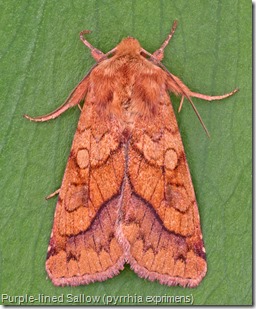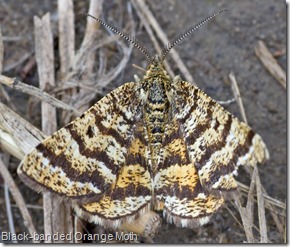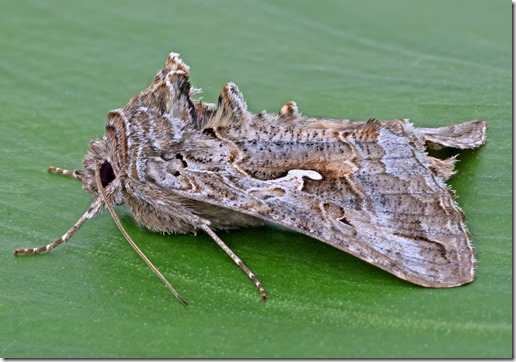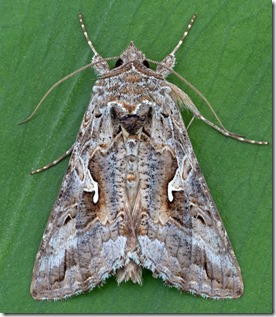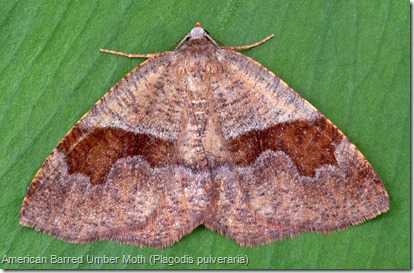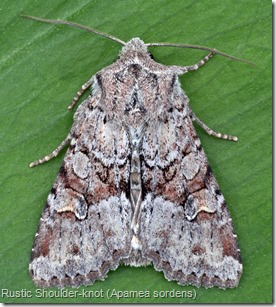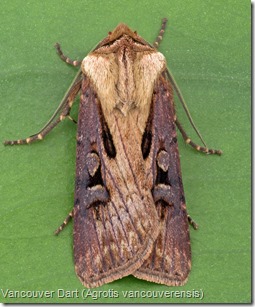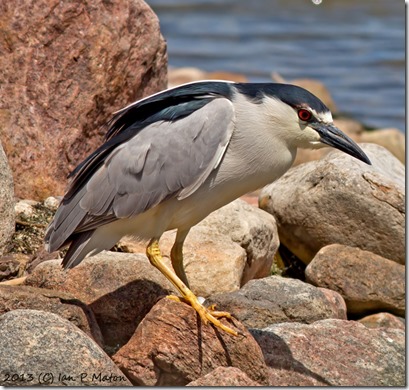I say funny because it started off quite poorly and ended up with a moth that I’ve only seen once before in 2009 and another new species for the year that, although, strictly speaking is not a backyard moth, was picked up not far from where I live.
They day started with 5 moths of 2 species in the light trap. 4 of them being Vancouver Darts (Agrotis vancouverensis) and the other a Ruddy Quaker (Protorthodes oviduca). Nothing new there. The bait trap appeared to be empty. I then decide to risk a trip to the Weaselhead area of Glenmore reservoir to see what state it was in after the floods. It wasn’t too bad but still very muddy and not unsurprisingly, there were clouds of mosquitoes that you could cut with a knife. Ok, that’s a slight exaggeration but they were out in numbers in certain areas. It was reassuring to know that at least one Calliope Hummingbird was still around and that the Cliff Swallows were re-building their nests under the main bridge to the southern part of the Weaselhead area. However, there was no sigh of the Eastern Phoebe’s that had been nesting under the smaller wooden bridge. Sadly, I’m certain that these are not the only nesting casualties. I did manage a few quick shots of a White Admiral (Limenitis arthemis) and a Common Alpine (Erebia epipsodea) before I gave in to the mud and mosquitoes and beat a hasty retreat.
After getting home and washing off many layers of mosquito repellent, I checked the bait trap and was pleased find a Nevada Arches (Lacanobia nevadae). This was the moth that I’ve recorded only once before on May 31st 2009. I thought that was pretty much it for day and had just put my camera equipment away when my wife returned with a Snowberry Clearwing (Hemaris diffinis) in a soap box. I consider myself very lucky to have a wife that would not only spot a moth while walking to the local shops but would actually buy a container to capture it in and the bring it back!! It turned out to be a very good and unexpected photographic opportunity. So many thanks to Jenny  !
!

